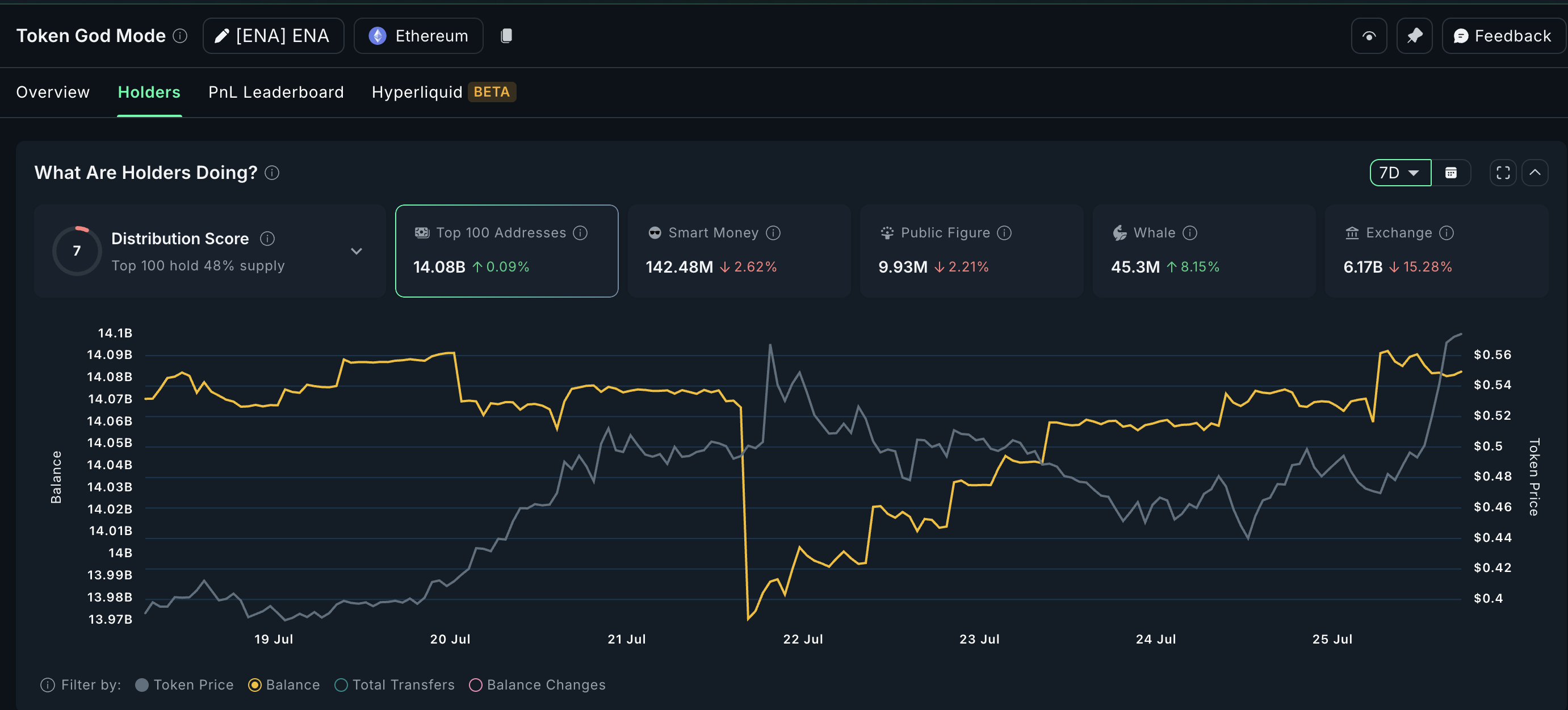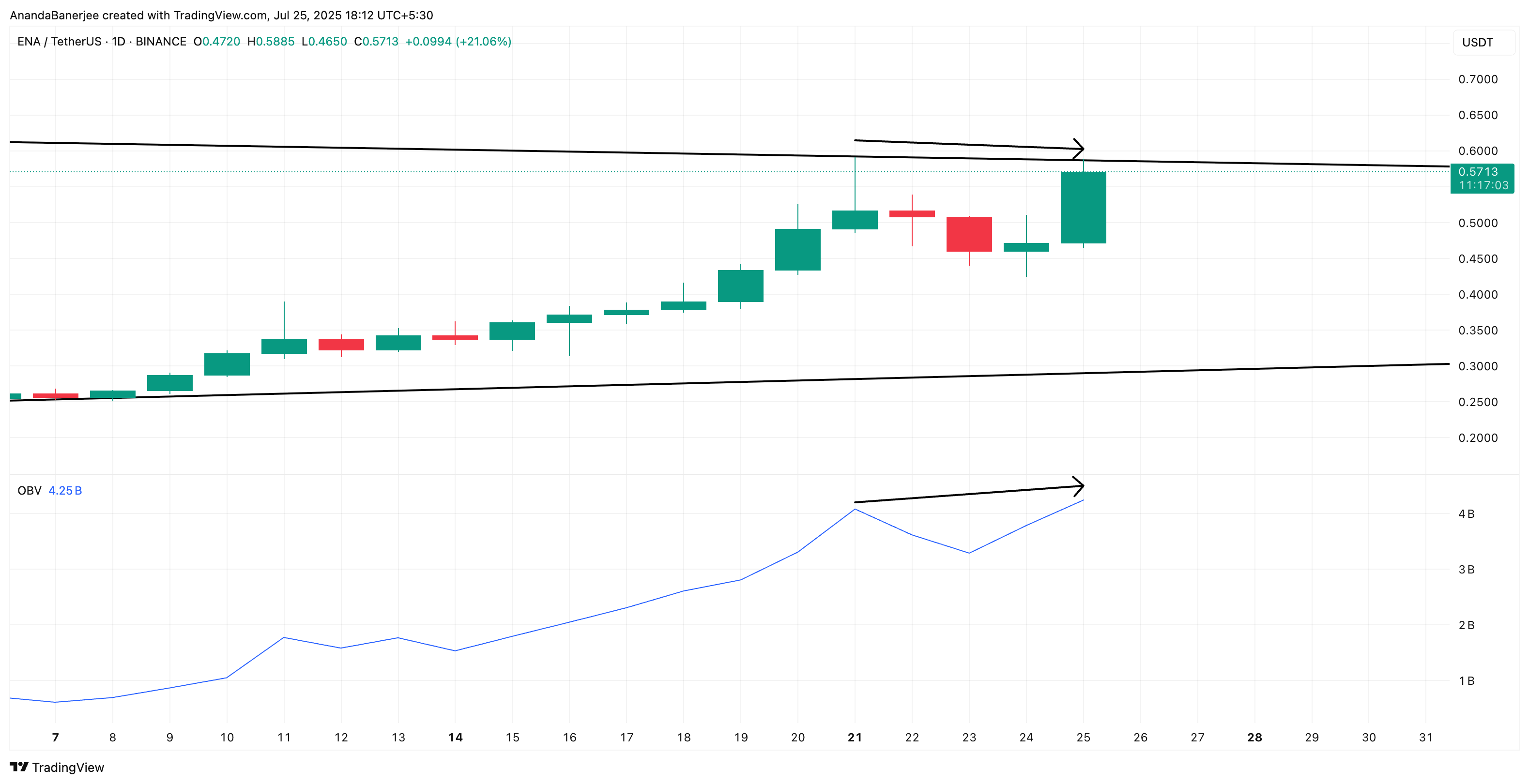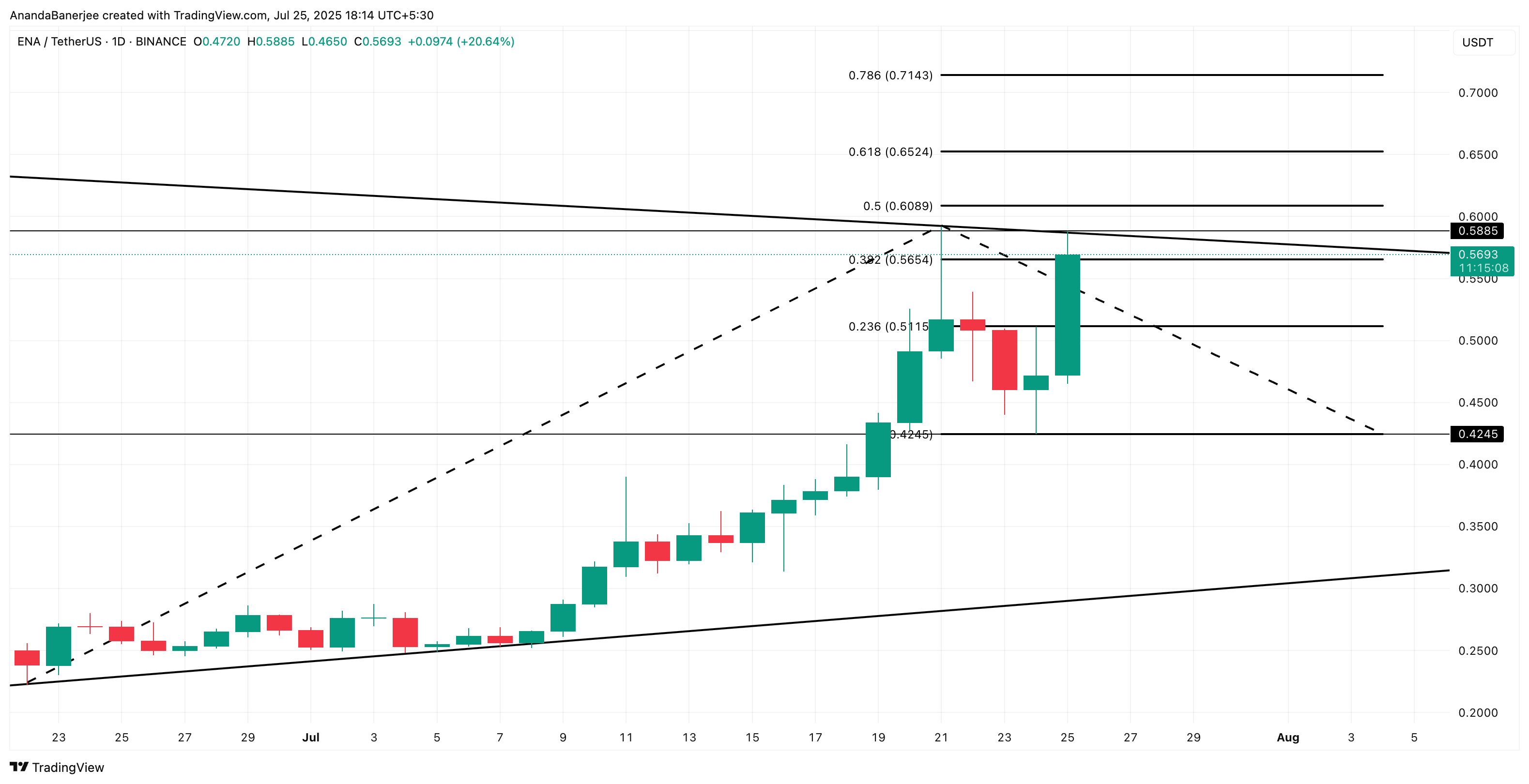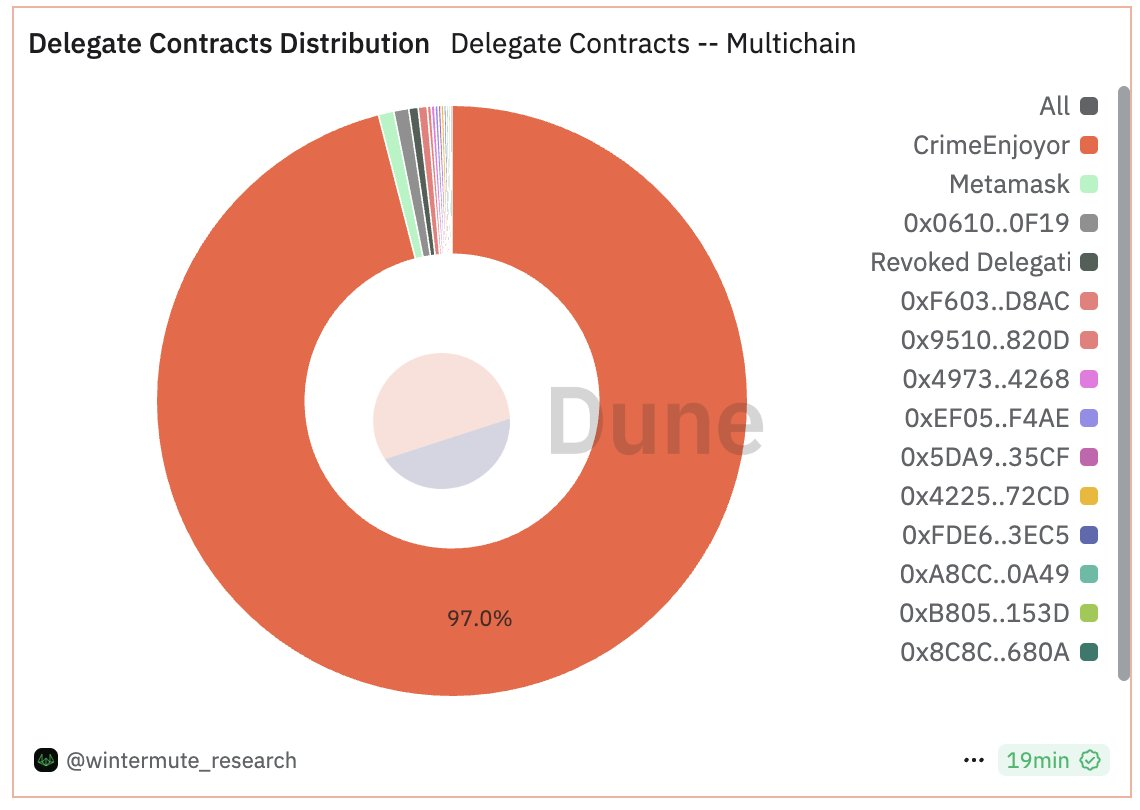Méliuz, a Brazilian firm, became the largest corporate Bitcoin holder in Latin America after a $28.6 million purchase. The company bought BTC at the price of $103,864, so its investment has already grown.
Still, there are growing concerns about the number of businesses that, like Méliuz, recently pivoted entirely to crypto acquisition. Despite the benefits, it’s a risky decision, and participating companies might not be able to stand the volatility.
Méliuz Climbs the Ranks of Bitcoin Holding
Corporate Bitcoin acquisitions have been a growing trend for the last few months, with many types of firms following in MicroStrategy’s footsteps.
Still, despite the worldwide appeal, most of the biggest firms are US-based. Nonetheless, Méliuz’s recent purchase is interesting, as the firm is now Latin America’s top corporate Bitcoin holder:
“There is no public company in Latin America with more Bitcoin than Méliuz! After delivering a yield of 44% to our shareholders in the last 36 days, we now have almost 600 BTC. We purchased R$158 million ($28.7 million USD) by issuing new shares, and we’re just getting started!” the firm claimed over social media.
Méliuz also noted with pride that it purchased more Bitcoin than MicroStrategy today.
According to its full press release, the firm purchased this BTC at an average price of $103,864, so its investment has already increased in value. After weeks of consistent purchasing, its average price overall is $102,702.
Méliuz is currently the largest corporate Bitcoin holder in Latin America and the 36th-largest holder worldwide.
Its main business was providing cashback and discount coupons for online and in-store purchases, but it pivoted to be a Bitcoin-first company. This, too, is part of a global phenomenon.
Still, there are growing concerns about this trend. How many corporate holders like Méliuz can Bitcoin really handle?
Earlier today, Anthony Pompliano announced a $1 billion merger to create a new firm offering “Bitcoin-native financial services.” Although the community reacted with hype, there’s growing speculation of a bubble, and the firm’s stock dropped 24%:
Overall, economic experts are becoming extremely concerned about so many companies worldwide pivoting to a Bitcoin-first strategy.
During macroeconomic distress, the extreme volatility of the crypto market and unstable economies of the traditional market could severely impact companies that try to balance both boats.
The post Brazilian Fintech Firm Becomes One of the Largest Bitcoin Holders appeared first on BeInCrypto.









